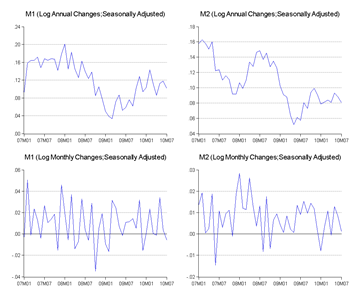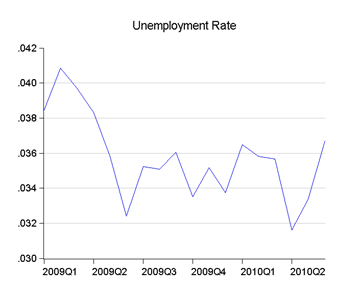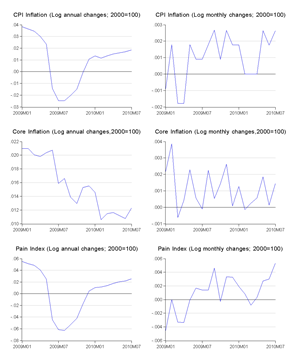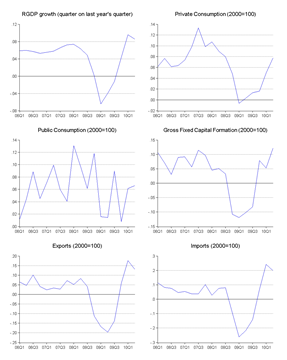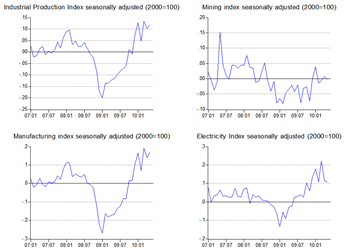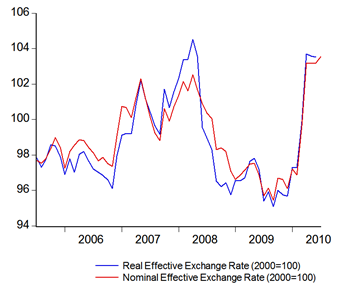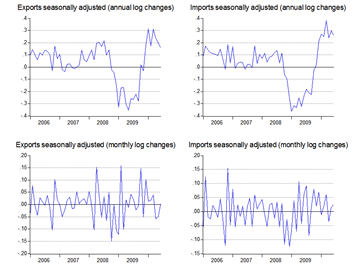[This post has been a few days in gestation, because I had to deal with my laptop finally dying on me after six years of heavy duty wear and tear– RIP Thinkpad – and the sheer amount of work collating and analysing the data. Hope you guys enjoy this.]
I’ve been following the arguments on rocky’s bru blog on whether the introduction of the dinar and dirham in Kelantan was a good idea. This is of course a completely separate issue to whether Kelantan is within the law in doing so.
But the arguments in support seem to devolve along the following four lines:
- Gold and silver were used as the basis for currencies during much of Islamic history, and thus for that reason worthy of emulation;
- Gold and silver are less susceptible to speculation;
- The value of gold and silver to other commodities are more stable relative to fiat currencies;
- They also maintain their value better against other commodities over time.
The first argument is indisputable, while the second is absolutely untrue – the present bull run in gold is about as frothy a bubble as I’ve ever seen. The other two arguments sound similar, but actually aren’t. Argument 3 is a hypothesis regarding the variance of commodity prices in gold terms relative to fiat currencies; argument 4 is a hypothesis of the mean –both can be statistically tested.
I originally intended this post to test hypothesis 3 and 4, but as it turns out I needn’t have bothered – all you need is an eyeball check.
